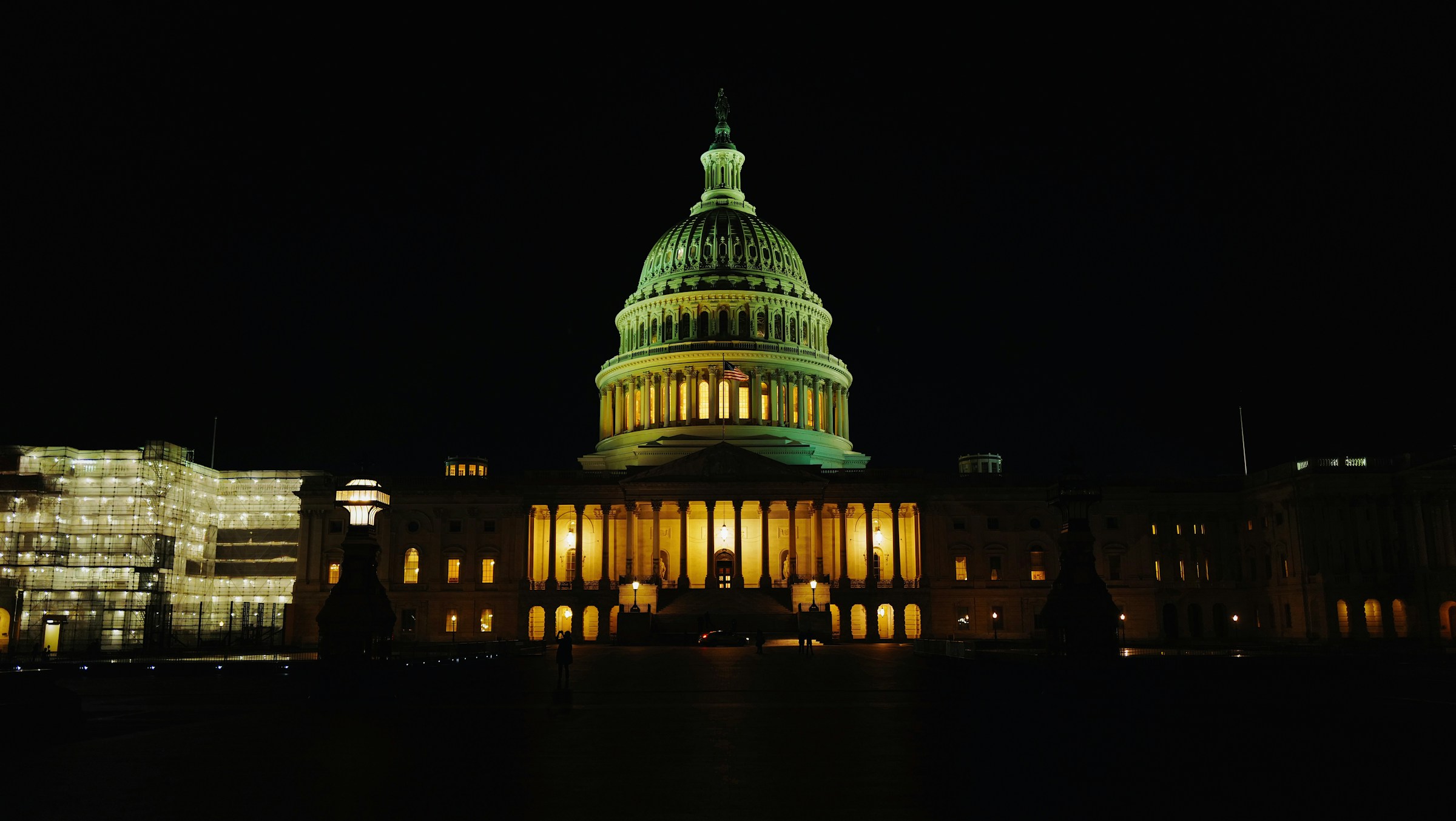
In a significant strategic move, Amazon has officially debuted Amazon Bazaar, a new standalone shopping application engineered to capture the burgeoning market for ultra-low-cost consumer goods across Asia, Africa, and Latin America. This initiative marks a distinct evolution in the e-commerce giant’s global strategy, directly positioning it against the ascendant tide of discount-focused platforms like Temu, Shein, and TikTok Shop. Launched on Friday, the new app promises a vast array of products, predominantly priced under $10, with many items available for as little as $2, signaling a clear intent to cater to budget-conscious shoppers in crucial emerging economies.
The New Frontier of Value E-commerce
For years, Amazon cultivated a global reputation built on expansive selection, unparalleled logistical efficiency, and the convenience of its Prime membership, often associated with a premium shopping experience. However, the global e-commerce landscape has undergone a profound transformation, particularly in the wake of the pandemic and subsequent economic shifts. Consumers worldwide, especially younger demographics and those in developing nations, have increasingly gravitated towards platforms specializing in extreme value and affordability. This shift has propelled companies like China-based Shein, known for its ultra-fast fashion model, and PDD Holdings’ Temu, which offers a wide range of goods directly from manufacturers at rock-bottom prices, into the global spotlight. TikTok Shop, leveraging its social media dominance, has also carved out a significant niche in this segment, blurring the lines between entertainment and commerce.
These new entrants have not only disrupted traditional retail but have also challenged established e-commerce players by introducing innovative business models focused on direct sourcing, social media engagement, and gamified shopping experiences. Their rapid growth has highlighted a substantial and underserved market segment eager for accessible, inexpensive products, even if it means longer delivery times or a different brand experience. Amazon’s introduction of Bazaar is a direct acknowledgment of this evolving consumer behavior and a calculated response to maintain its competitive edge in a rapidly fragmenting global marketplace.
A Strategic Pivot: Competing in the Ultra-Low-Cost Segment
The Amazon Bazaar application, now accessible on both Android and iOS devices, has been rolled out in over a dozen initial markets. These include Hong Kong, the Philippines, Taiwan in Asia; Kuwait, Qatar, Bahrain, Oman in the Middle East; Peru, Ecuador, Argentina, Costa Rica, the Dominican Republic, Jamaica in Latin America; and Nigeria in Africa. Amazon has indicated plans for further expansion into additional markets in the coming months, underscoring the long-term vision behind this venture.
This new offering operates independently from Amazon’s primary shopping application, a crucial distinction that allows Amazon to tailor the user experience and branding specifically for the discount segment without diluting its core brand identity. The product categories available on Bazaar—spanning fashion, home goods, and various lifestyle items—mirror the popular offerings of its low-cost rivals. The decision to launch a separate app also reflects a deeper understanding of market segmentation, allowing Amazon to experiment with different pricing strategies, supplier relationships, and customer service models that might not align with its established, higher-tier platform.
Interestingly, this isn’t Amazon’s first foray into the budget segment. The company launched "Amazon Haul" in November of the previous year, an initiative designed to compete with Shein and Temu. Haul functions as a dedicated section within Amazon’s main website and app, and remains operational in developed markets such as the U.S., U.K., Germany, France, Italy, Spain, Japan, and Australia. In certain other regions, including Mexico, Saudi Arabia, the United Arab Emirates, and India, Amazon had already branded a similar low-cost selection within its main app as "Bazaar." This dual-naming strategy, while potentially confusing to some, is explained by Amazon as an effort to "better resonate with local language preferences and cultures," suggesting a highly localized approach to market entry and brand messaging. This tailored nomenclature highlights Amazon’s nuanced understanding that a universal brand might not always be the most effective strategy in diverse global markets.
Understanding the Competitive Landscape
The success of companies like Temu and Shein provides valuable insight into the competitive environment Amazon Bazaar is entering. Temu, for instance, has achieved phenomenal growth by adopting a "marketplace" model that connects Chinese manufacturers directly with Western consumers, often bypassing traditional intermediaries. This model allows for incredibly low prices, often at the expense of longer shipping times. Shein, on the other hand, pioneered the ultra-fast fashion model, leveraging real-time data to identify trends and rapidly produce clothing, selling directly to consumers through its app and aggressive social media marketing. TikTok Shop further amplifies this trend by integrating e-commerce directly into its popular social media platform, capitalizing on influencer marketing and live shopping streams to drive impulse purchases.
These platforms have cultivated a distinct user experience characterized by gamification, daily deals, social sharing incentives, and highly engaging, often personalized, content. They have successfully tapped into a desire for novelty and affordability, especially among younger consumers who are more comfortable with digital-native shopping experiences and less brand-loyal than previous generations. Amazon’s decision to launch a standalone app with similar features, including social lucky draws and promotional offers like 50% off a new customer’s first delivery, clearly indicates its intention to meet these competitors on their own terms, adopting strategies that have proven effective in capturing the attention and loyalty of this specific customer base.
Targeting Emerging Markets: A Growth Imperative
The selection of markets for Amazon Bazaar’s initial rollout is highly strategic. Regions across Asia, Africa, and Latin America represent vast, largely untapped growth opportunities for e-commerce. These markets often feature large, young populations with rapidly increasing internet and smartphone penetration, creating a fertile ground for digital retail. Furthermore, consumers in these economies are typically more price-sensitive, making the ultra-low-cost model particularly appealing. While developed markets like North America and Western Europe are increasingly saturated, offering limited room for exponential growth, emerging economies promise significant expansion potential over the next decade.
However, these markets also present unique challenges. Logistical infrastructures can be less developed, payment systems vary widely, and last-mile delivery can be complex and costly. Amazon’s existing global infrastructure, though primarily built for its premium services, could provide a foundational advantage, allowing it to leverage established networks for warehousing, shipping, and customer support. By focusing on affordability, Amazon aims to overcome potential barriers of entry and establish an early foothold in these critical future markets, securing a diversified global revenue stream.
Operational Details and Customer Experience
Amazon Bazaar is designed to integrate seamlessly into the broader Amazon ecosystem, despite being a standalone application. Users can log in using their existing Amazon credentials, simplifying the onboarding process and leveraging Amazon’s established customer trust. The app will accept major international payment methods such as Visa, Mastercard, and American Express, aiming for broad accessibility.
The shipping model for Bazaar reflects a practical approach to low-cost logistics: orders will require a local minimum purchase amount to qualify for free shipping, with smaller orders incurring a standard delivery fee. The estimated delivery timeframe of "around 2 weeks or less" is a notable departure from Amazon’s traditional emphasis on expedited shipping (e.g., Prime’s one or two-day delivery). This longer window aligns more closely with the delivery expectations set by competitors like Temu and Shein, where consumers are often willing to wait longer for significantly cheaper goods.
Customer satisfaction remains a priority, with Amazon offering free returns within 15 days of receipt and providing multilingual customer support. The app itself supports six key languages: English, Spanish, French, Portuguese, German, and Traditional Chinese, underscoring Amazon’s commitment to localization and enhancing the user experience for a diverse global audience. Features like customer reviews and star ratings, long a cornerstone of Amazon’s main platform, will also be prominently displayed on Bazaar product pages, aiming to build trust and inform purchasing decisions within this new discount environment.
Challenges and Opportunities Ahead
Amazon Bazaar faces a complex set of challenges. One significant hurdle will be managing brand perception. Can Amazon successfully cultivate a distinct "bargain" image without inadvertently diluting the premium perception of its main platform, particularly among existing Prime subscribers? Furthermore, the logistics of handling ultra-low-cost, high-volume shipments in diverse and often challenging emerging market environments will test Amazon’s operational prowess. Competition is fierce, not only from global players like Temu and Shein but also from established local e-commerce platforms that possess deep market knowledge and existing customer bases. Maintaining Amazon’s reputation for product quality and customer service will also be critical, especially when sourcing goods from a potentially vast network of new suppliers focused on the lowest possible price point.
However, the opportunities are equally substantial. Amazon Bazaar presents a clear pathway to capture a rapidly expanding market segment that its main platform may not effectively reach. It offers an invaluable opportunity to gather data and insights into the purchasing habits and preferences of consumers in emerging economies, informing future strategies. Leveraging Amazon’s formidable brand recognition and existing technological infrastructure could provide a significant advantage over newer rivals. Moreover, this diversification into the ultra-low-cost segment can help future-proof Amazon’s business against shifts in global consumer spending patterns, ensuring continued growth even as economic conditions fluctuate.
Broader Implications for Global Retail
The launch of Amazon Bazaar signifies a broader trend in global e-commerce: the blurring of lines between different retail models and an intensified battle for the budget-conscious consumer. It underscores that even the largest e-commerce players cannot afford to ignore the disruptive power of innovative, value-driven competitors. This move is likely to spur further innovation in supply chain management, logistics, and customer engagement across the industry.
For the targeted emerging markets, the arrival of Amazon Bazaar could bring both opportunities and challenges. While it offers consumers unprecedented access to affordable goods and potentially stimulates local digital economies, it could also intensify pressure on local retailers and small businesses. Ultimately, Amazon Bazaar represents a pivotal chapter in Amazon’s ongoing evolution, demonstrating its agility and determination to adapt its strategy to remain at the forefront of global retail, expanding its reach into new territories and new consumer segments. The success of this venture will be a key indicator of how the e-commerce landscape will continue to shape and segment itself in the years to come.




